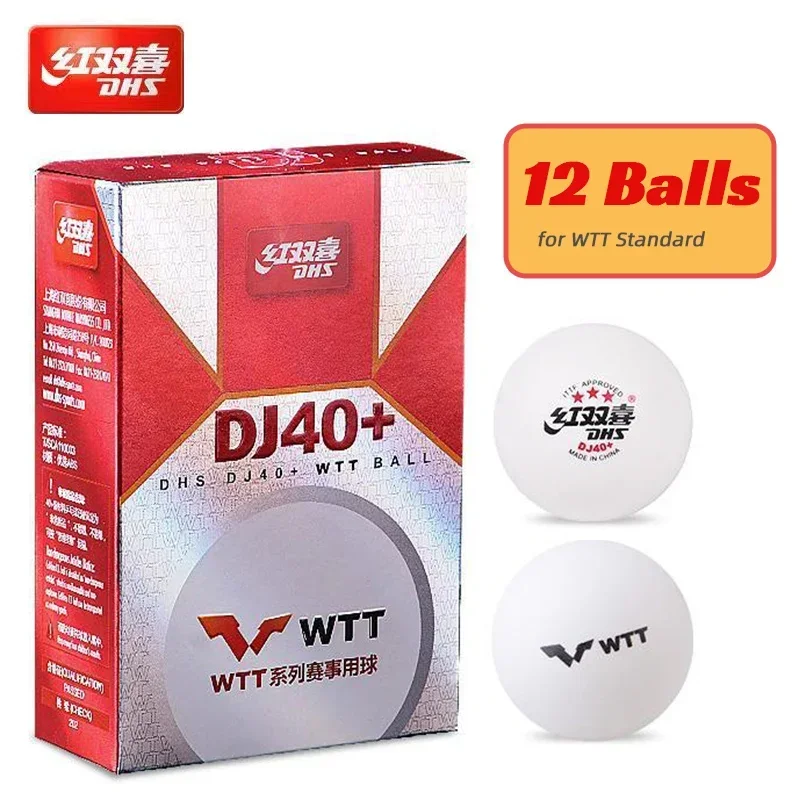How does RPE work when weightlifting?
Rating of perceived exertion (RPE) is a measure of how hard you feel you are working during a particular set or exercise. It is a subjective scale that ranges from 1 to 10, with 1 being very easy and 10 being very hard.
Using the RPE ratings, you can perceive how close you are to muscular failure in real time. An RPE of 8 or 9 is generally considered to be a good target for most sets, as it allows you to challenge yourself without going to failure.
Here are some guidelines for using RPE when weightlifting:
- Start with a weight that you can lift for 8-12 repetitions.
- Perform the set and rate your perceived exertion on a scale of 1 to 10.
- If your RPE is too low (e.g., 6 or 7), increase the weight for the next set.
- If your RPE is too high (e.g., 9 or 10), decrease the weight for the next set.
FAQs
- What is the purpose of using RPE when weightlifting? To help you track your progress and ensure you're challenging yourself appropriately.
- What is a good RPE target for most sets? 8 or 9
- How often should I adjust my weight based on RPE? After each set
- Can I use RPE for all exercises? Yes, but it is most commonly used for compound exercises.
- Is RPE a more accurate measure than counting repetitions? It can be, as it takes into account individual factors such as fitness level and fatigue.
Related Products
- Garmin Forerunner 955 Fitness Watch
- Rogue Fitness Adjustable Bench
- Bowflex Xtreme 2 SE Home Gym
- TRX HOME2 System
- Bowflex SelectTech 1090 Adjustable Dumbbell
Pre:What is a good push pull and legs workout for beginners
Next:What is Mark Wahlbergs daily workout and diet routine











